How to Beat Dry Winter Air - The Eco Way to Hydrate Skin
Date Published: 11/13/2025
Winter air can strip your skin barrier fast. This guide breaks down how humidity, clean skincare, houseplants, and hydration foods work together to keep skin soft, dewy, and protected.
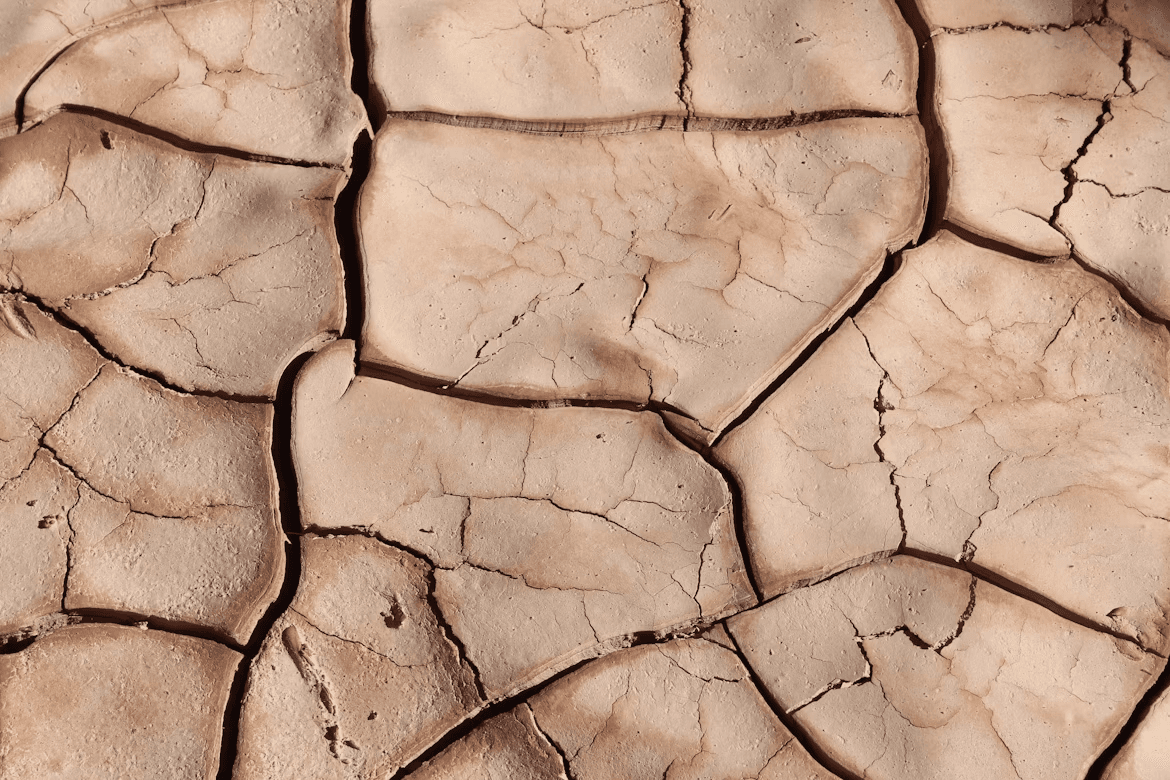
Discount Codes
THEGOODSTANDARD
15% off select items at Acure
This post contains affiliate links. If you click and purchase, I may earn a small commission at no extra cost to you. Read my full disclosure here. Learn more
It’s dark and stormy outside, the heater’s at full blast, and you feel your skin becoming tight, flaky and dull. It's a problem I run into year after year. Winter brings low humidity combined with indoor heating, which strips my skin of moisture faster than I can slather moisture back on. But you don’t need synthetic-heavy creams or wasteful single-use masks; you only need a few intentional swaps to restore moisture in the most sustainable way.
The Science Behind Dry Winter Air
Humidity Levels drop because cold air holds less moisture. It’s recommended to keep the humidity levels between 40-60% for optimal skin health. Low humidity environments can damage the stratum corneum (outermost layer of the skin). Studies published in the Journal of the European Academy of Dermatology and Venereology found that skin exposed to low humidity (levels under 30%) showed higher trans epidermal water loss, increased irritation, redness, and loss and elasticity.
The bottom line
When the air is too dry, your skin loses moisture, and it causes fine lines and wrinkles to appear even more pronounced. Skin that’s consistently dehydrated can even weaken the layer that protects against inflammation, which in turn accelerates visible aging.
With less external moisture, the internal layers of the skin can have disrupted sebum balance. This is why skin might feel tight in some areas, yet oily in others. A compromised skin barrier means more sensitivity, more redness, and more pronounced fine lines.
Rebalance the environment
Using a humidifier
Adding a humidifier can be comforting AND transform your skin. It can soothe the throat and nasal passages while improving overall comfort indoors by keeping relative humidity (RH) in a healthy range. Journals agree that low RH, combined with lower temperatures degrade barrier function.
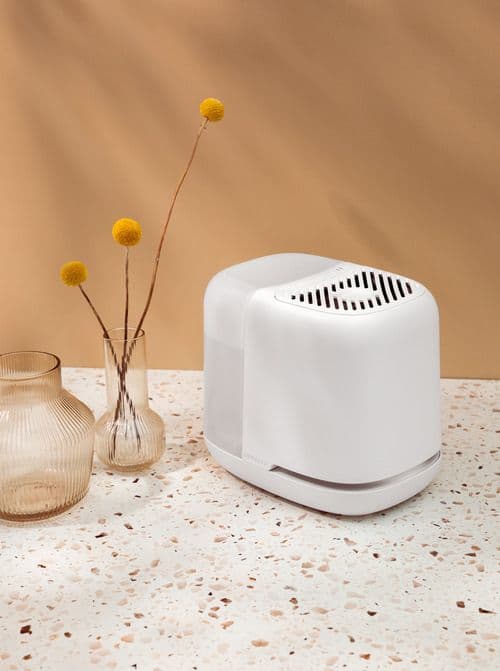
Bedside Humidifier 2.0
With a mold inhibiting, filter-free design, dishwasher safe parts, and optional aroma diffusion, Canopy's beside humidifier keeps ideal humidity for beauty sleep and healthy glow
Unlike traditional humidifiers that use disposable filters, Canopy’s reusable system minimizes plastic waste and energy use. Humidifiers are a pain to clean and refill, but Canopy's dishwasher safe parts keep it simple for me.
Add some houseplants
They don’t just make a room look alive, they literally add moisture into the air through a process called transpiration, where water evaporates from leaves into the atmosphere. Think of it as plant sweat! In one study, relative humidity rose from 29%-38.9% with five plants, and ~49.2% with 18 plants in office settings.
These plants all have documented humidity raising and air improving effects.

A few (or army of) houseplants scattered throughout the home can help raise humidity levels.
Peace Lily — releases moisture steadily and filters airborne toxins like benzene and formaldehyde.
Boston Fern — one of the best natural humidifiers; thrives in medium light and consistent watering.
Rubber Plant — broad leaves release moisture gradually and help regulate humidity around them.
Areca Palm — proven by NASA’s Clean Air Study to be one of the best for increasing humidity and oxygen indoors.
Spider Plant — hardy and fast-growing, excellent for improving moisture and air quality in bedrooms.
Tip: Cluster your plants near a humidifier or sunny window to create a micro-climate zone. They will feed off the same moisture cycle, and help balance air naturally. I have a few rubber plants scattered around my house. Not only are they cute, they help balance my environment. That's a win-win.
Layer Skincare correctly
Step 1: Hydrate
Start with a water based product such as a toner or essence right after cleansing.
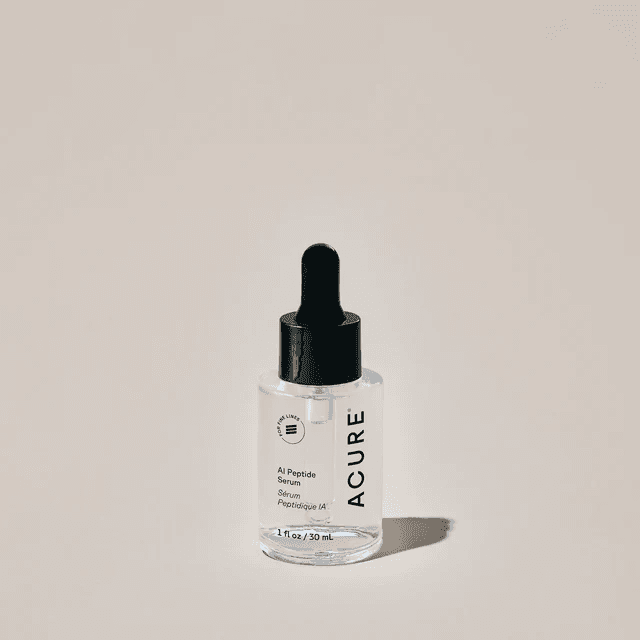
AI Peptide Serum
Peptides and niacinamide help rebuild your skin structure from within. Acure’s peptide complex visible firms and smooths skin while supporting elasticity.
Peptides and niacinamide help rebuild your skin structure from within. Acure’s peptide complex visible firms and smooths skin while supporting elasticity.
Apply a thin layer on clean skin (face and neck) before moisturizer. Use morning or night, or both, for extra support during cold months. Instead of overcompensating with thick creams, peptides help your skin rebuild its own moisture retaining structure naturally.
I've been using water based serums since high school, and what I learned is that they're meant to be layered, even more so in the wintertime. A thin layer of serum is great because it spread easily and dries fast, making a smooth base for heavier creams and oils.
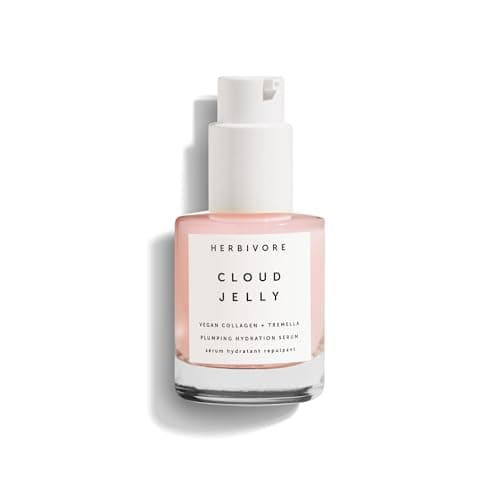
HERBIVORE Cloud Jelly Plumping Hydration Serum
A lightweight, bouncy hydration serum powered by tremella mushroom, vegan collagen, and glycerin to visibly plump and deeply hydrate the skin. Cloud Jelly delivers dewy, all-day moisture without heaviness, making it ideal for dry or stressed winter skin. Vegan, plant-based, cruelty-free, and formulated for all skin types.
Step 2: Seal It In
Use oil on face and body while skin is still damp. I've been using argan oil for years now as a no nonsense, perfect way to hydrate skin. It’s non-comedogenic, contains vitamin E, and completely biodegradable. It's such a versatile, lightweight oil that I use on my hair, face, and body.
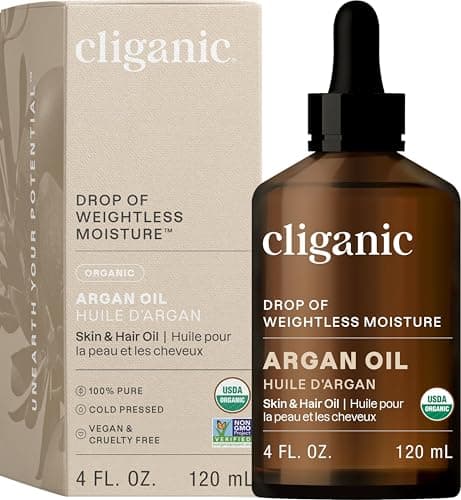
Cliganic Organic Argan Oil
Cliganic's organic cold-pressed argan oil will keep your skin soft as a baby's during wintertime.
For extra hydration and gua sha helper, the Noni Glow Face oil from Kora Organics came highly recommended to me from a friend that practices gua sha often. I wanted to include it on this list as it's eco-friendly and the formulations are EWG verified.
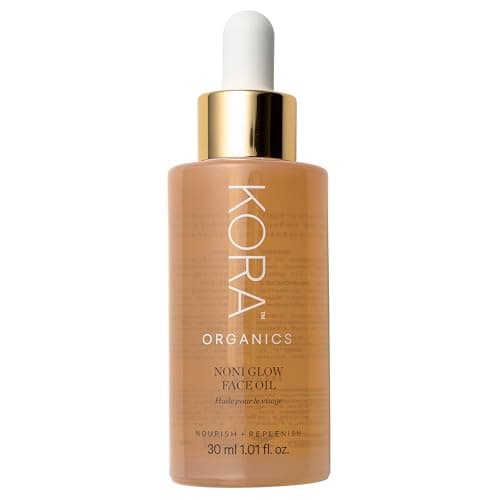
KORA Organics Noni Glow Hydrating Face Oil
Kora’s EWG verified formula contains rosehip, jojoba seed, sunflower seed oils, as well as a bunch of antioxidants. 97.7% of its total ingredients come from organic farming, as well as being climate neutral certified.
Step 3: Overnight Repair
Finish with a nourishing night cream or a healthy facial oil with no fragrances. Choose rich but breathable formulas that restore texture without clogging pores. There’s nothing better than getting into bed with supple skin and relaxing the day away.
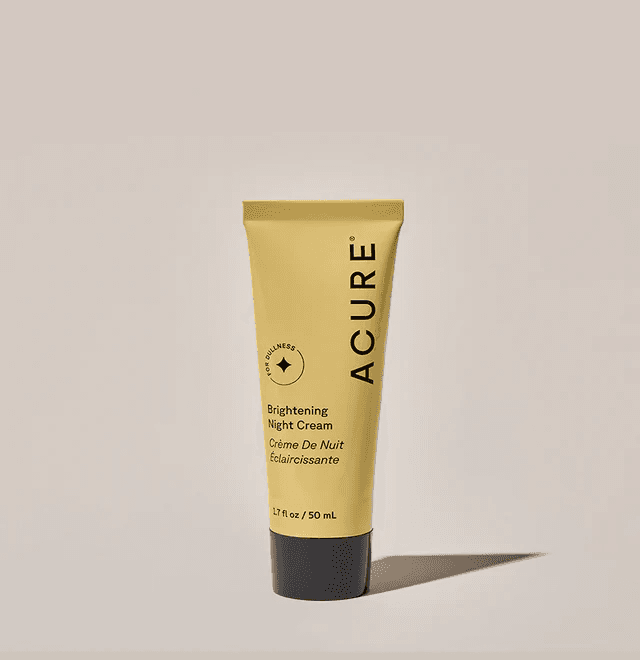
Acure's Brightening Night Cream
We love Acure’s brightening night cream as an overnight cocoon. It contains a blend of chlorella, echinacea, and argan oil that nourishes while improving texture and tone.
Acure's selection of cruelty free and eco-friendly formulations continue to impress us with dramatic results with a reasonable budget.
10 cents from every purchase goes to Unite for HER, which supports breast cancer wellness. Sustainability extends beyond the planet, to community care.
Use code THEGOODSTANDARD for 15% off select items at Acure.
How to use it:
Apply a small amount after your serum or oil. Gently press into skin, focusing on dry or tight areas. Pair with humidifier by your bedside for overnight hydration.
Hydrating Foods
Eating foods with water, electrocytes, and skin-supporting nutrients can help your skin maintain moisture from within, especially when humidity levels drop.

Edible skincare, nature's gift.
- Cucumbers: composed of over 96% water and packed with silica, cucumbers help maintain skin elasticity and tissue strength. Silica is a trace mineral for collagen production, a protein that keeps skin plump and smooth,
- Oranges and other citrus fruits: These fruits are loaded with Vitamin C, which is also a huge part of collagen production and acts as an antioxidant to combat the stress caused by indoor heating and dry air. One orange a day provides more than 100% of your daily Vitamin C needs
- Chia seeds: These little seeds are able to absorb 12 times their weight in water, turning into a gel like food that slows down digestion and helps gradual hydration. They’re also rich in omega-3 fatty acids, which are important players in supporting the lipid layer that locks moisture into the skin.
- Bone broth: A very rich source of collagen, amino acids, and electrolytes. Regular intake of bone broth may improve skin hydration and elasticity. Studies show that collagen peptides can increase dermal hydration and reduce wrinkle depth with consistent use.
- Avocados and Olive oil: These two healthy fats contain oleic acid and vitamin E, which reduce TEWL. They’re also key for reducing inflammation during seasonal changes.
- Leafy Greens: Foods like spinach and kale are high in magnesium and potassium, which balance hydration of your cells. They’re also loaded with antioxidants to combat winter dullness.
- Berries: Rich in polyphenols that protect against free radicals, foods such as blueberries, raspberries, and strawberries deliver nutrients and moisture to skin cells.

Keep skincare simple this winter.
Dry winter air isn’t just uncomfortable, it stresses your skin’s barrier, increases water loss, and accelerates signs of aging.
You're not doomed to have dry cracking skin everytime the weather turns cold. It just takes a bit of planning and set up to have an optimal indoor environment for your skin to thrive. By restoring indoor humidity, layering skincare correctly, and choosing hydration from the inside out, you can hydrate your skin in a sustainably smart way.
Sources
- Humidifiers and Health
- A study of the behavior and mechanism of thermal conduction in the skin under moist and dry heat conditions
- The effect of environmental humidity and temperature on skin barrier function and dermatitis
- How does humidity affect skin care?
- Effects of indoor plants on CO2 concentration, indoor air temperature and relative humidity in office buildings
Tags: skincare, clean beauty, winter, dry skin, anti-aging
Canonical: https://www.thegoodstandard.org/blog/how-to-beat-dry-winter-air